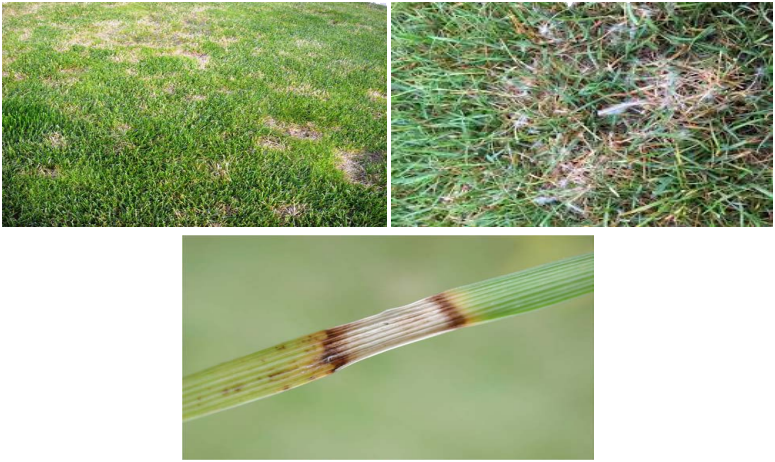Dollar Spot
Dollar spot fungus causes straw-colored spots about the size of a silver dollar to appear in the lawn. Grass in the affected areas can die, and these smaller spots may eventually merge into larger, more irregular patches. Affected leaf blades will have light tan spots with reddish-brown margins. Early in the morning, you may be able to see a cobweb-like growth in the infected area.
Dollar spot is most common in lawns with bermudagrass and zoysiagrass.
Dollar spot is most active from late spring through fall. Dollar spot develops during humid weather when days are warm and nights are relatively cool, leading to heavy dew on the lawn
A good fertilization program will help prevent dollar spot, and will help the lawn recover more quickly. Drought stress and leaf wetness encourage dollar spot, so proper irrigation timing is necessary to prevent it. Irrigate based on the moisture of the soil, not on a set schedule. When irrigation is needed, it should be done early in the morning to keep leaf wetness to a minimum. Excessive thatch layers also greatly enhance dollar spot activity.
Fungicide applications may be needed during wet, humid weather during the spring and fall. Preventative programs should be started in early spring when night temperatures consistently exceed 50 F.

